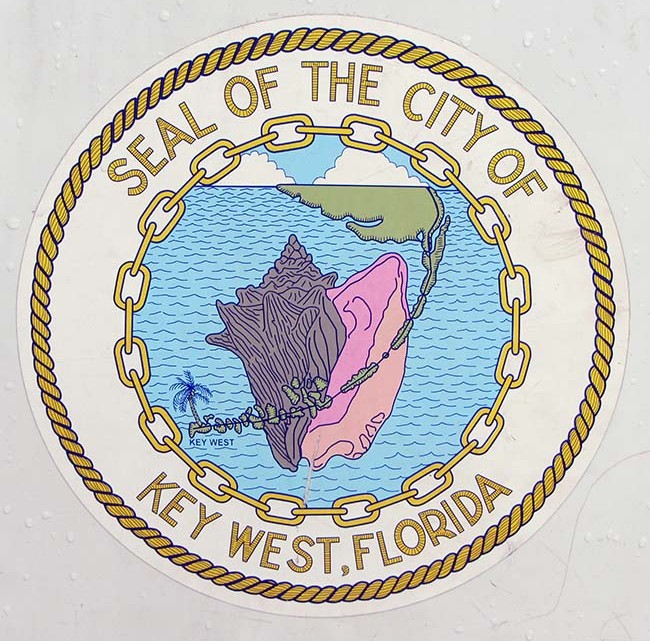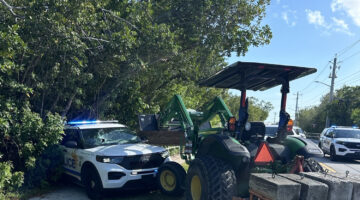City commissioners not dissuaded by solar power challenges
BY PRU SOWERS
KONK LIFE STAFF WRITER
There have been some setbacks in Key West’s efforts to effectively use more solar power but city commissioners are not giving up.
The commission recently approved a resolution requiring all future city development and redevelopment projects to at least consider a solar option. That means contractors bidding on upcoming city-sponsored building development and redevelopment projects, including affordable housing, must include an option in the proposed budget to add solar power panels. Depending on the cost and projected power output, commissioners can then decide whether to go ahead with panel installation.
Commissioner Sam Kaufman sponsored the resolution, which was passed unanimously on consent at the Nov. 6 commission meeting.
“We want to lead by example,” he said. “We want to promote solar for residents and business owners if it makes sense.”
But making sense is the multi-thousand-dollar question. Despite Key West having abundant sunshine year-round, the economics of installing solar panels and the limited output of those panels could keep solar power production restricted. It was announced with great fanfare in 2018 that the new city hall, located in the former Glynn Archer School on White Street, had won a coveted LEED Platinum energy conservation certificate in part because of the two solar panel arrays that had been installed in the back parking lot as part of the renovation. But the arrays were supposed to provide 100 percent of the electric requirements of the new City Hall, saving approximately $6,000 a month in Keys Energy bills. A recent report from Terrence Justice, formerly the city’s energy manager and now its chief building official, indicated the solar panels are only producing 10 kilowatt hours per month, reducing the monthly bill by about $1,100.
“On average they provide 20 percent of the power that’s consumed in this facility on a day to day basis,” he said last month.
The two arrays cost approximately $686,000 to build but that cost was reduced by a $240,000 contribution from Keys Energy. They were supposed to pay for themselves in about 20 years by reducing electricity bills. If the 10-kilowatt hour production cannot be increased, it will take closer to 50 years to pay off the investment.
That reduced efficiency is concerning to Kaufman.
“Of course, the productivity of it [solar], how efficient it is, is another issue,” he said. “We need to find out how it can be improved.”
But it’s not just a dollars and cents issue, Kaufman added. Having more available solar power after a hurricane could help keep electricity flowing during power outages. And reducing the amount of pollution emitted as part of electricity production would help with climate change challenges.
But the way the electricity system is currently set up in Key West and surrounding regions in Florida does not promote private solar production. Kaufman said that solar panels installed on homes and businesses are not allowed by Keys Energy to power their own buildings. The solar energy must be sold back to Keys Energy, which buys it from the property owner for about four cents a kilowatt, but then charges the owner approximately three times that rate on electric bills.
“It is disappointing,” Kaufman said about the electric company solar program. “It seems the way the system is set up, it is not cost [effective].”
Keys Energy is scheduled to make a solar presentation to city commissioners at their next meeting. Those details may help commissioners move ahead, even with the current economic challenges with making solar power cost-effective.
“It [solar] is still something we should promote because it’s the right thing to do,” Kaufman said.
[livemarket market_name="KONK Life LiveMarket" limit=3 category=“” show_signup=0 show_more=0]


No Comment